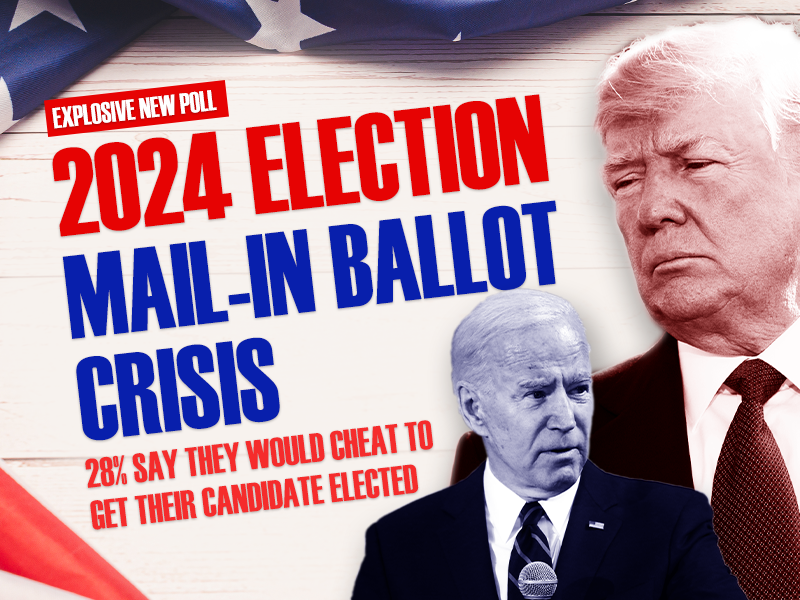The California Energy Commission has implemented a new rule that will outlaw at least 25 percent of televisions on the market, saying popular flat-screen models are energy guzzlers.
By a unanimous 5-0 vote November 18, the commission (CEC) mandated every TV set 58 inches and smaller sold in the state must use 33 percent less energy than it does today by 2011 and 49 percent less by 2013.
The new rule means all 42-inch LCD TVs–which account for about 90 percent of the 4 million TVs sold in California every year–must use fewer than 183 watts by 2011 and fewer than 116 watts by 2013. Many LCD models sold today, and most plasma screen TVs, consume more energy than that.
The day after the ruling, Sen. Dianne Feinstein (D-CA) sent a letter to U.S. Energy Secretary Steven Chu, urging him to implement similar rules for televisions nationwide.
‘Dangerous for Consumer Freedom’
Jason Oxman, senior vice president of industry affairs for the Arlington, Virginia-based Consumer Electronics Association, said he was “extremely disappointed” by the new rules.
“Simply put, this is bad policy,” Oxman said in a statement. “It is dangerous for the California economy, dangerous for technology innovation, and dangerous for consumer freedom.
“Instead of allowing customers to choose the products they want, the Commission has decided to impose arbitrary standards that will hamper innovation and limit consumer choice,” Oxman added. “It will result in higher prices for consumers, job losses for Californians, and lost tax revenue for the state.”
Saving $30 Annually
The CEC says the new rules will save Californians $8.1 billion in energy costs in the first decade after the rules go into effect. The commission broke the savings down further, saying the restrictions will save Californians $30 a year on their electricity bills–about $2.50 a month.
Gov. Arnold Schwarzenegger (R) applauded the CEC’s move. He said he sees it as an important step toward achieving the goals of the Global Warming Solutions Act of 2006, which forces California to reduce greenhouse gas emissions to 1990 levels by 2020.
“It is the real, achievable policies like the first-in-the-nation standards adopted by the Energy Commission today that have made California a world leader in the fight against climate change and reducing greenhouse gas emissions,” Schwarzenegger said in a statement.
Rigged Process?
Doug Johnson, senior director of technology for the Consumer Electronics Association, said the new policy “was not justified by the facts,” and he decried a “stacked deck” in the CEC hearings. The commission, Johnson said, essentially did the bidding of Pacific Gas & Electric Co., California’s largest utility, which proposed the new rule.
“Even the California legislature expressed concern with the [CEC procedures] with a hearing it had on October,” Johnson said. “Members of the committee questioned [CEC commissioners] for two hours on this rule.
“The commission’s jurisdiction and power haven’t been revisited for three decades,” Johnson added. “Three years ago they tried to regulate products that didn’t yet exist on the market–digital converter boxes. The CEC had to rescind that one, but that example shows you the level of treatment and process in California.”
Shrinking Market, Higher Prices
With at least 25 percent of flat-screen TVs forced off the shelves 13 months after the CEC’s ruling, there is concern about the regulation artificially inflating prices.
“When companies compete, they are continually forced to innovate and have competitive pricing,” said Randy Skoglund, executive director of Americans for Technology Leadership in Washington, DC. “Consumers win in a competitive marketplace, with more choices and lower prices.
“Unfortunately when the government steps in like this, it can limit choice and competition,” Skoglund added.
Trumping ‘Energy Star’
Johnson says the new rules are unnecessary because the market is already pushing the television industry continually to manufacture more energy-efficient sets to earn the coveted “Energy Star” sticker.
The Energy Star program, which is voluntary, allows the manufacturers of the 25 percent most-efficient appliances to put the sticker on their products–everything from refrigerators and washing machines to TVs. The stickers end up being great selling points, attracting customers who value saving on energy costs.
With television set manufacturers competing fiercely for those stickers, Johnson says, the standard keeps rising, improving the efficiency of Energy Star-approved TVs 41 percent in just the past two years.
“The incentives are out there, and they are working great,” Johnson said. “The program is voluntary, but it provides a great incentive to increase the efficiency of televisions as quickly as possible.”
Weakening Market Gains
Skoglund says the new CEC rule will weaken the Energy Star program.
“By putting these mandates in place, California has really taken energy efficiency out of the marketplace as a competitive differentiator,” Skoglund said.
Braden Cox, policy counsel of the Association for Competitive Technology in Washington, DC, agrees.
“Regulators are wasting their own energy by creating technology quotas for power consumption,” Cox said. “Consumer demand is already pushing electronics manufacturers into becoming more and more environmentally friendly.
‘The voluntary Energy Star program has been a free market success,” Cox added. “We need more Energy Stars, not more energy ‘czars.'”
James G. Lakely ([email protected]) is managing editor of InfoTech & Telecom News and co-director of the Center on the Digital Economy at The Heartland Institute.




